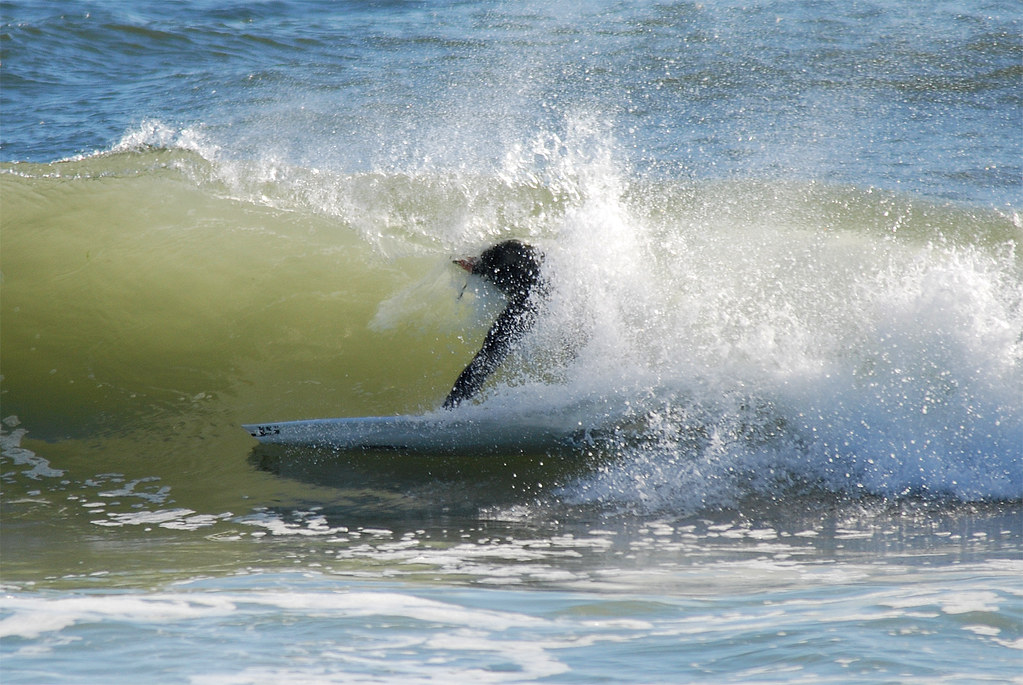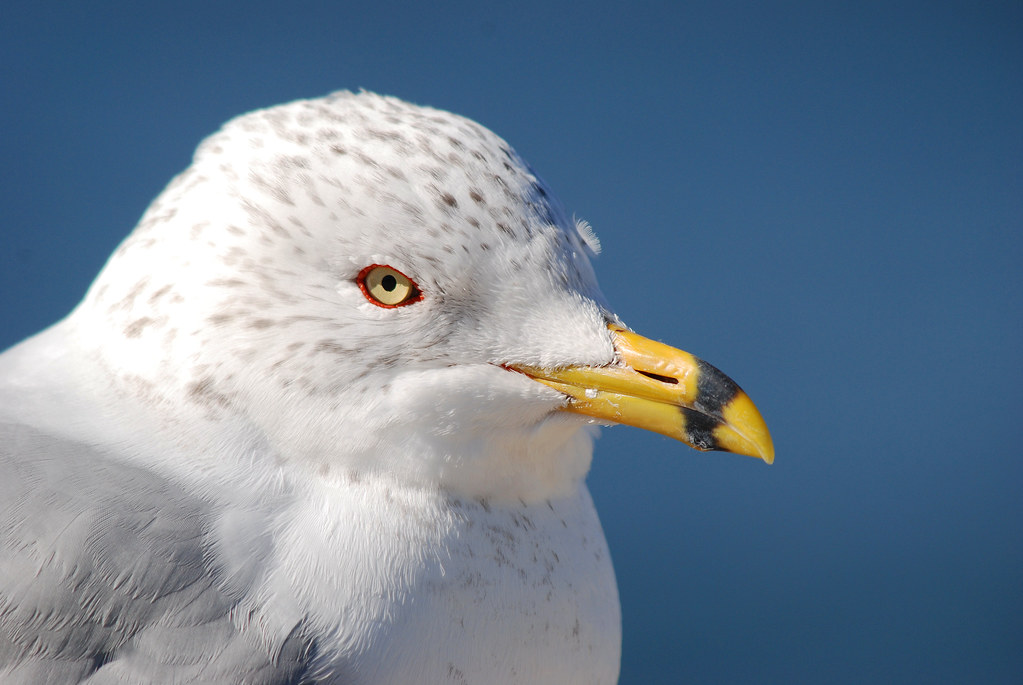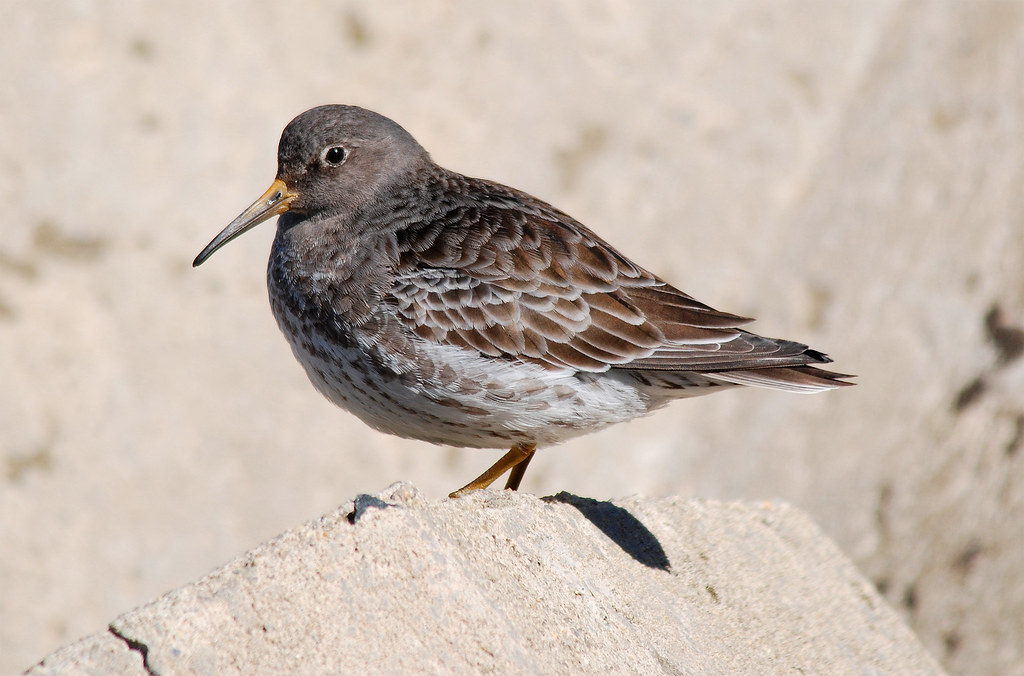
It turns out, quite a bit! We started in Belmar and walked the jetties at Shark River Inlet. There were good numbers of Long-Tailed Ducks and Common Loons in the water, and eventually we spotted a Western Grebe that had been observed a few times earlier in the year.
We moved south down the coast, stopping to scan the ocean whenever we were offered a good vantage point. A few Red-Throated Loons were added to the mix, although we had no luck finding the Pacific Loon that had been reported earlier in the week. Black Scoters and Surf Scoters were also seen out in the Atlantic, along with a rare winter sighting of a sub-species of Homo sapiens: the surfer!


As we continued on our way, we visited some of the coastal lakes known for their wintering waterfowl. Almost annually you can find a Eurasian Wigeon in one of these lakes, and sometimes a Common "Eurasian" Teal as well. These are closely related to the American Wigeon and Green-Winged Teal that are found regularly in the United States, except the former species are lost individuals who have ended up on the wrong side of the pond. We weren't lucky enough to find either on this day, but we were able to observe large numbers of Red-Breasted Mergansers, Hooded Mergansers, Bufflehead, and Ruddy Ducks. We also found a pair of Green-Winged Teal, a single Lesser Scaup, and an American Wigeon.
Our next stop on the coast was the Manasquan Inlet. We walked the jetties again and were treated to more good looks at the aforementioned species. A few small groups of Purple Sandpipers moved around the jetties.
After dining on some authentic and completely delicious Mexican food at Jose's, we turned around and headed north. Our final stop was Sandy Hook. We searched the bay across from the Sandy Hook Bird Observatory, but weren't able to locate either species of goldeneye. However we did spot a seal sticking his nose out of the water, and were able to watch as a few male Red-Breasted Mergansers started practicing their mating display. If you haven't seen it, the display is quite entertaining.
We walked the beach one last time and saw our third species of scoter for the day - the White-winged Scoter. A nearby raft of Black Scoter afforded us some fantastic, crystal-clear views, and a single Surf Scoter ventured close to shore as well.
Soon all these birds will be heading north for the mating season, and a whole new group of birds will begin migrating through and settling in New Jersey. For most naturalists this time of year is truly exciting - birds in bright breeding plumage singing for prospective mates, salamanders migrating to precious vernal pools, and flowers blossoming in vibrant spring colors. The season is upon us!








No comments:
Post a Comment